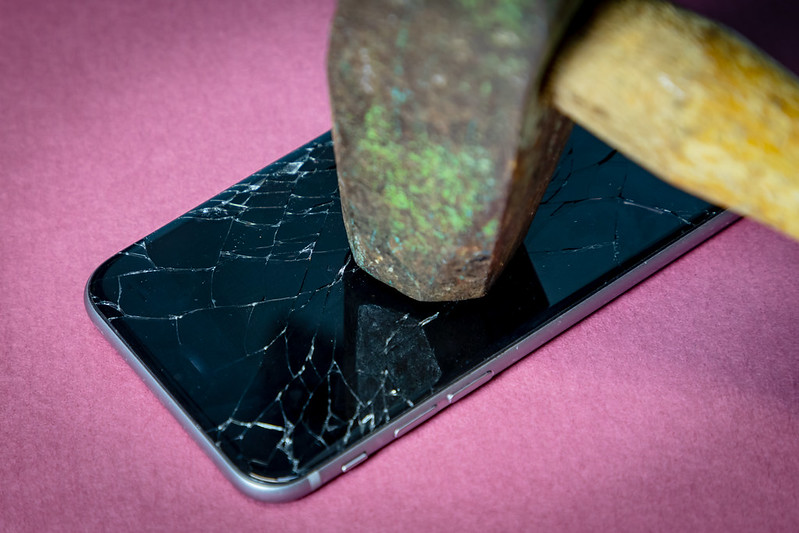By adopting responsible practices and embracing innovation, we can create a more sustainable approach to managing electronic waste.
The growing volume of electronic waste (e-waste) has become a global issue. As technology rapidly evolves, countless obsolete gadgets are discarded annually, posing environmental and health hazards. Improper handling can release toxic substances into soil and water, underscoring the importance of proper e-waste disposal practices.
This article examines the global landscape of e-waste management, exploring current disposal methods, recycling efforts, and policy developments. We’ll discuss the challenges of managing e-waste internationally and highlight emerging sustainable solutions.
Why it’s hard to get rid of old electronics
Disposing old devices is more challenging than getting rid of a regular glass bottle or paper that’s easy to recycle. The rules for getting rid of old electronics are different in many places, which makes it confusing. They have parts that can be dangerous if not handled right, like lead or mercury.
Some places have a rule called EPR. This means electronics companies have to help deal with their old products. They might have to pay for recycling or help collect old devices. This rule makes it easier for companies to create products to take apart and recycle.
Methods for handling discarded electronics
There are ways to get rid of e-waste that have originally been employed; each has its environmental risks.
1. Landfilling
This is the practice of digging a large hole in the ground that is filled with water and then covering it up with soil. While these landfills are designed with protective linings and systems to collect harmful liquids, over time, toxic substances like lead and mercury can go with the soil and water, which is bad for both the environment and humans.
2. Acid bath
Some facilities use acid baths to extract valuable metals from electronic components. This process involves soaking circuit boards in powerful acids like sulfuric, hydrochloric, or nitric acid to separate the metals. But the acid waste must be disposed of properly so that it won’t find its way to bodies of water.
3. Incineration
This method involves burning the e-waste at extremely high temperatures, which reduces waste volume and can generate energy. However, it comes at a cost to air quality. The burning process releases toxic gases, including cadmium and mercury, into the atmosphere, contributing to air pollution and potential health risks.
4. Recycling
Many items can be dismantled and repurposed into new products. Metals from circuit boards will have a new life in devices or even jewelry. This approach helps conserve resources and reduces raw material extraction.
5. Reuse
This is the most environmentally friendly method, giving old electronics a second life. This method welcomes used functional devices, refurbished and redistributed them for use in disadvantaged communities.
Challenges in handling e-waste
Dealing with e-waste poses challenges for organizations. These issues make it hard to establish effective practices for managing e-waste. Some challenges are:
- Lack of awareness on how to handle discarded electronics.
- The infrastructure for processing old electronics needs to be improved.
- The rapid pace of technological advancement.
- The regulatory landscape can be inconsistent.
Keeping your data safe when disposing of e-waste
When disposing of your old devices, it is important to securely wipe or destroy them to protect your personal information. Use specialized hardware or software to remove data from storage devices like hard drives, SSDs, and memory cards. It is also essential to put them in recycling centers that comply with industry norms and data protection laws. If you have a business, ensure your people know how to dispose of e-waste properly.
The future of e-waste management
Governments and businesses are ramping up efforts to tackle the growing challenge of electronic waste through tighter regulations and improved recycling facilities.
Advanced sorting technology
Advancements in electronic waste sorting have significantly improved efficiency. Automated systems employing artificial intelligence and robotics now disassemble and categorize electronic components with unprecedented accuracy, streamlining the recycling process and maximizing material recovery.
Urban mining
Urban mining is an emerging concept in e-waste management. This approach focuses on extracting valuable metals and rare materials from discarded electronics within urban communities. It offers a sustainable alternative to traditional mining practices while enhancing the accessibility and efficiency of recycling operations.
Modular design principles
Manufacturers are increasingly adopting modular design principles in electronics production. This approach facilitates easier repairs and component replacements, effectively extending device lifespans. Additionally, it simplifies the recycling process when devices reach end-of-life, promoting a more circular economy in electronics.
AI-Powered disassembly

Artificial Intelligence is revolutionizing e-waste processing through the implementation of AI-powered robotic systems. These advanced robots efficiently disassemble electronic devices, significantly improving the speed and accuracy of the recycling process while reducing reliance on manual labor.
Summing up
E-waste management remains a critical global challenge, but solutions are within reach. While current disposal methods pose risks, recycling and reuse offer sustainable alternatives.
Emerging technologies and design principles show promise in improving e-waste handling. By adopting responsible practices and embracing innovation, we can create a more sustainable approach to managing electronic waste.


Join the conversation!